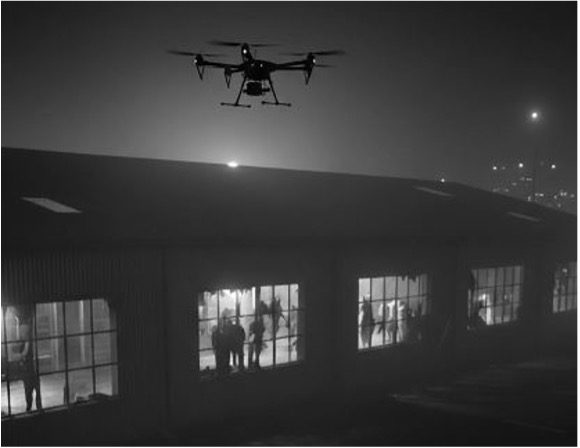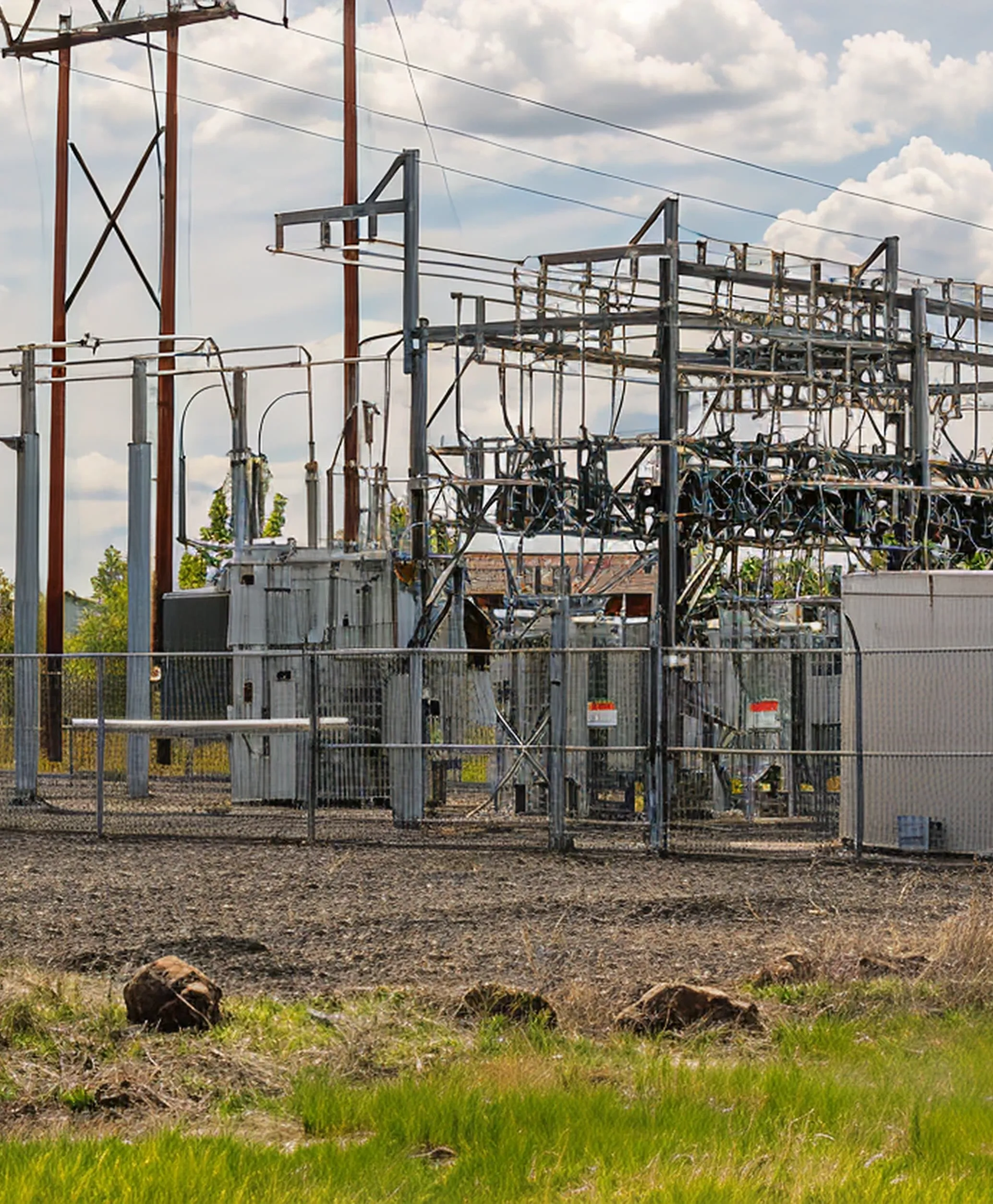In the evolving landscape of security, understanding the fundamental differences between passive, proactive, and active security measures is crucial for building effective defense strategies. Each approach serves a distinct purpose, but only one truly prevents crime before it happens.
Passive Security: The Foundation Layer
Passive security represents the most basic level of protection—static barriers and deterrents that require no power, monitoring, or human intervention. Think of locked doors, reinforced windows, security fencing, and physical barriers. These measures create obstacles that criminals must overcome, but they operate entirely independently of any threat detection or response capability.
While passive security forms an essential foundation, it has significant limitations. A locked door only works until someone picks the lock, breaks it down, or finds an unlocked window. Fencing can be cut, climbed, or bypassed. These measures may slow down determined intruders, but they cannot adapt, respond, or escalate their defensive capabilities when faced with sophisticated threats.
Passive security essentially says: “You’ll have to work harder to get in.” But it offers no intelligence about who’s trying to get in, when they’re attempting entry, or what methods they’re using.
Proactive Security: Intelligence and Documentation
Proactive security takes a significant step forward by adding intelligence gathering and automated monitoring to the security equation. Access control systems, surveillance cameras, motion sensors, and alarm systems fall into this category. These technologies detect, record, and alert—but they don’t directly intervene to stop threats.
An access control system knows who’s trying to enter and can deny access to unauthorized individuals. Security cameras capture evidence of criminal activity. Motion sensors trigger alerts when perimeters are breached. These systems provide valuable intelligence and
create audit trails, but they fundamentally operate on the principle of detection and notification rather than prevention.
Proactive security tells you: “Someone is trying to break in, and we have it on camera.” This information is invaluable for response teams and law enforcement, but the criminal activity is still occurring. The system observes and reports rather than actively intervening to stop the threat.
Active Security: True Crime Prevention
Active security represents the pinnacle of threat prevention—systems and personnel that don’t just detect or document threats but actively work to stop criminal activity before it succeeds. This category includes only two types of solutions: human security personnel with the authority and means to intervene, and advanced technological systems like IntelliLight that can actively deter and deny access to potential threats.
A security guard with proper training and authority can physically intervene to stop criminal activity. They can challenge suspicious individuals, call for backup, and take direct action to prevent crimes from occurring. Similarly, IntelliLight technology goes beyond passive barriers and proactive detection by actively engaging potential threats with targeted lighting and deterrent measures that make criminal activity extremely difficult and highly visible.
Active security doesn’t just say “someone is breaking in”—it says “we’re stopping them from breaking in.”
The Critical Distinction
The key difference lies in intervention capability. Passive security creates obstacles. Proactive security provides information. Only active security actually prevents crimes from occurring.
Consider a typical scenario: A passive fence might slow down an intruder. Proactive cameras will record their entry and trigger alerts. But active security—whether human or technological—will directly engage to stop the intrusion attempt entirely.
Building Comprehensive Defense
The most effective security strategies incorporate all three approaches in layered defense systems. Passive measures create initial barriers and buy time. Proactive systems provide intelligence and evidence. Active measures deliver the decisive intervention needed to prevent successful breaches.
However, many organizations make the critical error of stopping at proactive security, believing that detection and documentation constitute adequate protection. This leaves a dangerous gap between knowing about threats and actually stopping them.
The Future of Security
As threats become more sophisticated and the cost of successful breaches continues to rise, the security industry must embrace active security measures. The goal shouldn’t be faster response to crimes—it should be preventing crimes from succeeding in the first place.
True security means moving beyond passive barriers and proactive monitoring to active intervention. Because the best crime is the one that never happens.



